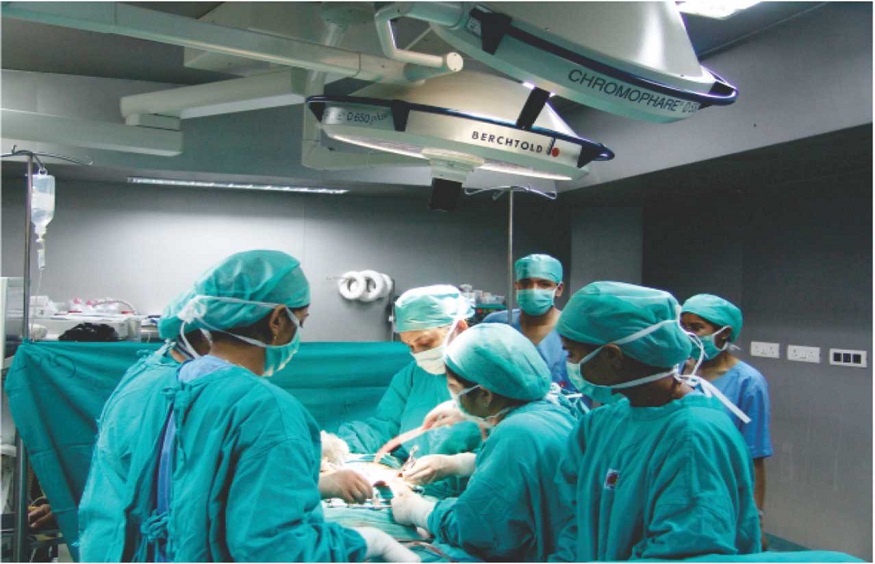11,469 ViewsThe benefits of IV therapy are vast. They’re not just for athletes and the…
7,433 ViewsIf you are looking to get bright and white teeth, teeth whitening are the…
8,885 ViewsAfter the scorching hot summers, monsoon comes as a relief for not only the…
326 ViewsNot only will a healthy, lovely smile enhance your face, but it will it…
366 ViewsAs a person ages, the body naturally changes, which may lead to difficulty in…
691 ViewsIn today’s world, countless women have the consistent urge to juggle between career, family…
700 ViewsAlthough the phrases speech therapy and language therapy are sometimes used synonymously, they actually…
758 ViewsMaintaining a healthy lifestyle is more important than ever in today’s fast-paced world. Many…
706 ViewsHair fall is a common concern affecting both men and women. While genetics and…
6,024 ViewsA contract supplement manufacturer helps visionary individuals transform a brand’s vision into high-quality, market-ready…
882 ViewsArtificial intelligence (AI) is revolutionizing spinal surgery by improving preoperative planning and enabling highly…
2,028 ViewsMany of us are searching for ways to enhance our wellbeing, especially as we…
1,420 ViewsMenstruation is something every woman is going through and there are a good number…













